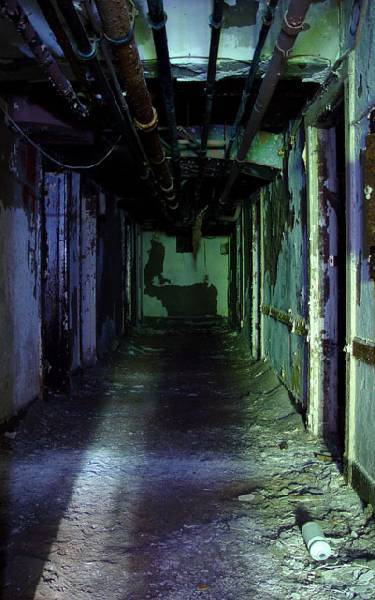Feeling
This one is really about the connections between your NPCs and your PCs, as well as connections between the various NPCs and factions thereof. Most games seem to leave this completely in the imagination of the GM, but there are a handful of games that handle this very well. Spirit of the Century is one that handles connections between players and villains extremely well. These are set up during character creation, which is built into the campaign as a complete session. Another game that does this well is Dresden Files, which sets up factions in the city vying for power and running their own agendas. In my opinion the game that does this best is Technoir, which is a cyberpunk game. Technoir uses a relationship chart that the GM rolls on to set up the beginning of the plot. This relationship chart includes factions, events, things, and people (rather reminiscent of Fiasco). To get started the GM can roll on the chart and pick a couple of relationships (maybe the relationship is between a gun and a powerful NPC.) During character creation the players form relationships with NPCs as they ask them for favors or borrow money.
When you know this information, generating plots is easy. In my Technoir example, if we know that a powerful NPC has a connection with a gun we just have to figure out what that connection is and go from there. Maybe the gun was used in a crime that the NPC wants covered up and the plot revolves around the party solving it. To flip it around, maybe the NPC plans on using the gun to kill someone and the party is hired as protection detail.
Then there's my very first blog entry which describes a way of setting up relationships using a deck of cards.
Thinking
This one is really re-thinking. It's taking something that you see and asking questions about it. The item could be a piece of art or a photo or something that grabs your attention on the street. My favorite things to use are photos and historical events. Some examples:
Take this image. It's all sorts of evocative. The trick is to start asking questions about it. Where is this tunnel at? Is it in a building or some sort of underground complex? What was in that building or complex? What's behind the doors? Is the photo from the point of view of the jailer (assuming the doors are cell doors), or the party? Why is the party in this tunnel?
For this example I'd say that the most important questions are 1.) What was/is in the building. 2.) What or who is behind the doors? Once you know the answers to those two questions the plot reveals itself. Of course the type of game you're running is really important in answering the questions. Let's say I'm running a Hunter: The Vigil game. Immediately that tells me that the focus of any session is going to be investigation and monster hunting, which right away tells me that what's behind the doors is some sort of monster. I'm going to say that the party has stumbled upon an underground lab/prison where humans are being genetically tested to create monsters. Real monsters are being kept next to the humans so that the owners of the complex can test their results. The complex is going to be in an industrial city (I like the idea of playing it in industrial Detroit), underneath an abandoned car factory. Now you have the basics of the plot.
The other part of re-thinking is to pay attention to weird news stories (or even not-so-weird ones) and adapt them to your game. This is a news story that I stumbled across some time back but haven't had a chance to use yet:
The Hum
"Residents of Woodland, in County Durham, claim that every night a noise permeates the air similar to the throb of a car engine.
It is sometimes so strong that it even shakes the bed of one of the householders.
But no matter how hard they look, the community cannot find the source of the problem and, at their wits end, have called in the council to investigate."
I don't think I need to lay out the many ways to turn this into a plot do I?

No comments:
Post a Comment